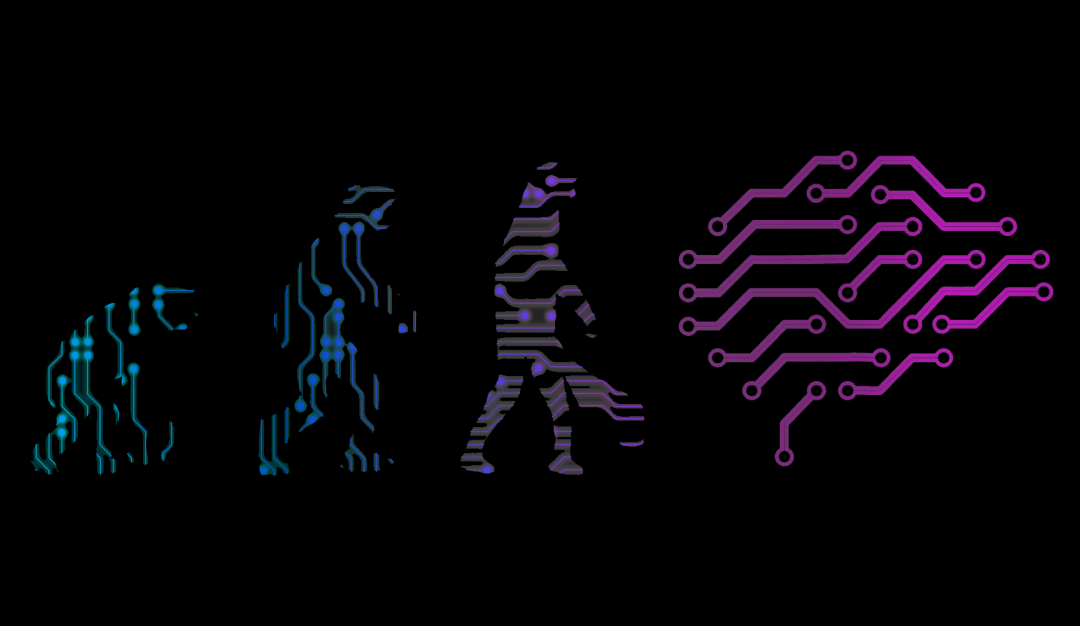April 17th, 2024
From Simple Scripts to Advanced AI
by Asmitha Rathis, Machine Learning Engineer at QueryPal
Chatbots have come a long way since their inception. What started as simple, scripted programs has now evolved into sophisticated AI-powered entities capable of understanding and responding to human language with remarkable accuracy. This evolution has transformed chatbots from mere novelties into essential tools for businesses across various industries.
Early Days and Simple Scripts
The journey of chatbots began with rule-based systems that relied on predetermined scripts to interact with users. These early chatbots, such as the pioneering ELIZA created in 1966, could handle basic queries and perform simple tasks. ELIZA used a pattern-matching technique to simulate conversation, but like its contemporaries, it was limited by the rigidness of its programming. These chatbots could only respond to specific inputs with predefined responses, making them more of a novelty than a practical tool.
The capabilities of these early chatbots were constrained by their inability to understand context or engage in natural, free-flowing conversations. They could only handle specific, predetermined scenarios, which significantly limited their usefulness beyond simple, scripted interactions.
The Rise of AI
The advent of deep learning has been a game-changer in the evolution of chatbots. With the ability to process and learn from vast amounts of data, deep learning algorithms have significantly improved chatbots' understanding of human language and their ability to generate more coherent and contextually relevant responses.
The rise of the internet has also played a crucial role in this transformation. It has provided an abundance of training data, allowing chatbots to learn from a diverse range of language patterns and interactions. This extensive dataset has been instrumental in training more sophisticated models that can handle complex conversations and understand nuances in language.
Furthermore, advancements in computing power have enabled the development of larger and more powerful models, such as GPT-4. These models have pushed the boundaries of what chatbots can achieve, enabling them to understand and generate human-like text with unprecedented accuracy. The combination of deep learning, abundant data, and increased computational power has propelled chatbots into a new era of intelligence and capability.
Use Cases Across Industries
Chatbots have found applications across various industries, proving to be versatile tools that can adapt to different needs and functions:
- Messaging Platforms: The integration of chatbots with popular messaging platforms like Facebook Messenger, WhatsApp, and Slack has revolutionized communication. They offer a convenient way for users to interact with businesses, ask questions, and receive instant responses without leaving their preferred messaging app.
- Customer Support: Chatbots have become a staple in customer service, handling inquiries, troubleshooting issues, and providing assistance 24/7. They can manage a high volume of queries simultaneously, ensuring that customers receive timely support while reducing the workload on human agents.
- Productivity Tasks: In the workplace, chatbots are used to enhance team productivity by automating routine tasks, such as scheduling meetings, setting reminders, or managing workflows. They act as virtual assistants, helping teams stay organized and focused on their core activities.
- Search Engines: Chatbots are increasingly being used to search and retrieve information from documentation. Whether it's navigating through extensive knowledge bases, finding specific data points in reports, or extracting information from technical manuals, chatbots can quickly locate and deliver the relevant content, saving time and effort.
These use cases illustrate the versatility of chatbots and their ability to improve efficiency, enhance user experiences, and streamline processes across different sectors.
The Shift Toward Tailored Chatbot Experiences
One of the most significant advancements in chatbot technology is the ability to personalize and customize interactions to meet individual user preferences and needs. This shift towards personalization has the potential to revolutionize how teams and businesses engage with their audiences, providing a more tailored and meaningful experience.
User Profiling and Segmentation
Chatbots can leverage data analytics and machine learning algorithms to create detailed user profiles based on past interactions, preferences, and behaviors. By segmenting users into distinct groups, chatbots can deliver more relevant content and recommendations, enhancing user satisfaction and engagement.
Context-Aware Conversations
Advanced chatbots can understand the context of a conversation, allowing them to adapt their responses accordingly. For example, a chatbot assisting a customer with a product inquiry can remember previous interactions and use that information to provide more personalized assistance. This context-awareness can lead to more natural and fluid conversations, closely mimicking human interaction.
Customizable Chatbot Interfaces
Businesses can customize the appearance and functionality of their chatbots to align with their brand identity and user expectations. This includes customizing the chatbot's language, tone, and visual elements to create a consistent and branded experience.
Conclusion
In conclusion, the evolution of chatbots from simple scripts to advanced AI is a testament to the relentless pursuit of innovation in the field of artificial intelligence. As chatbots continue to grow in sophistication and versatility, they are set to redefine the way we interact with technology, making our digital experiences more seamless and intuitive.
With the advent of platforms like QueryPal, the potential of chatbots is further unlocked, enabling businesses to harness the power of AI to drive efficiency, enhance customer experiences, and stay ahead in the competitive landscape. As we look to the future, it is clear that the journey of chatbots is far from over, and with the support of cutting-edge tools like QueryPal, the possibilities are endless.

